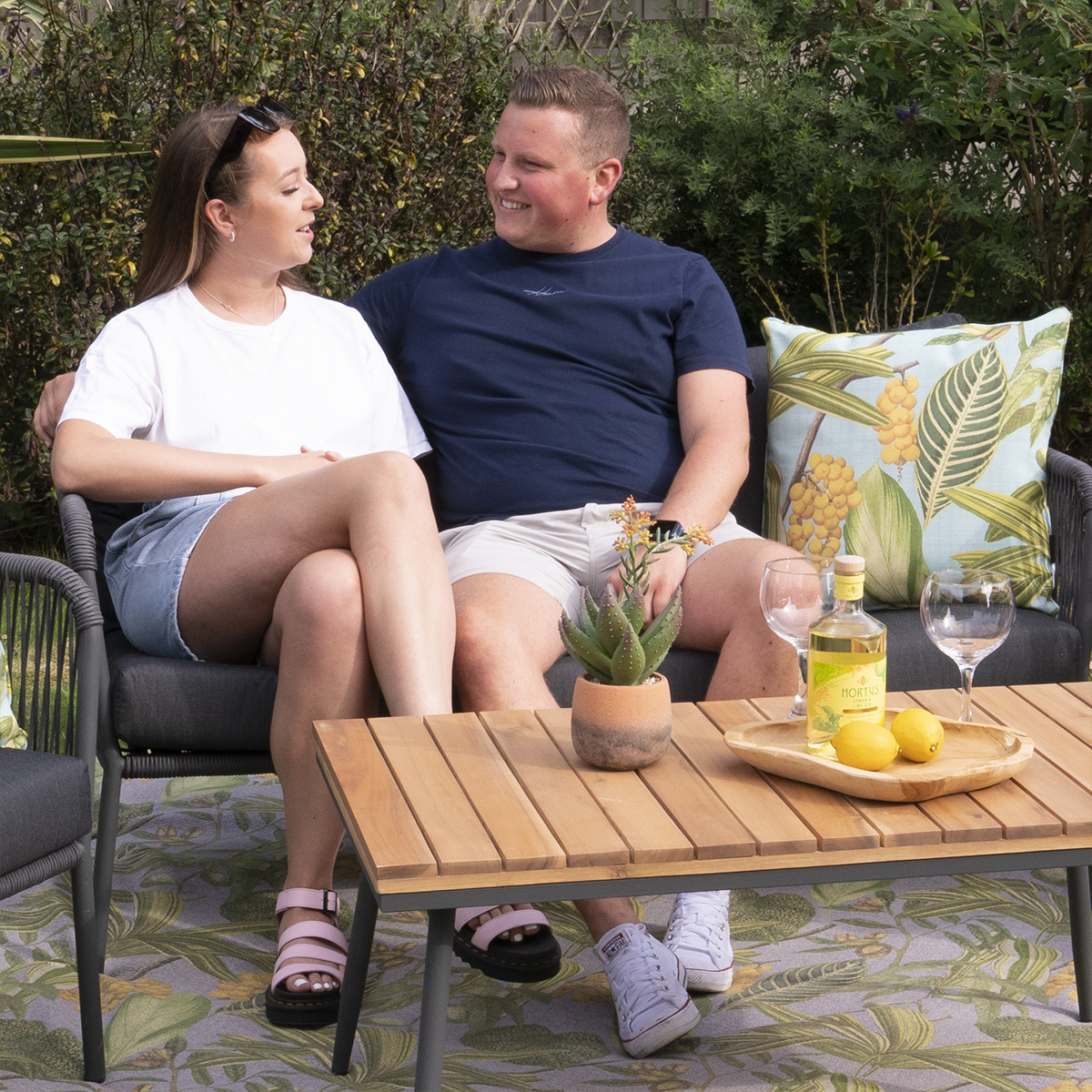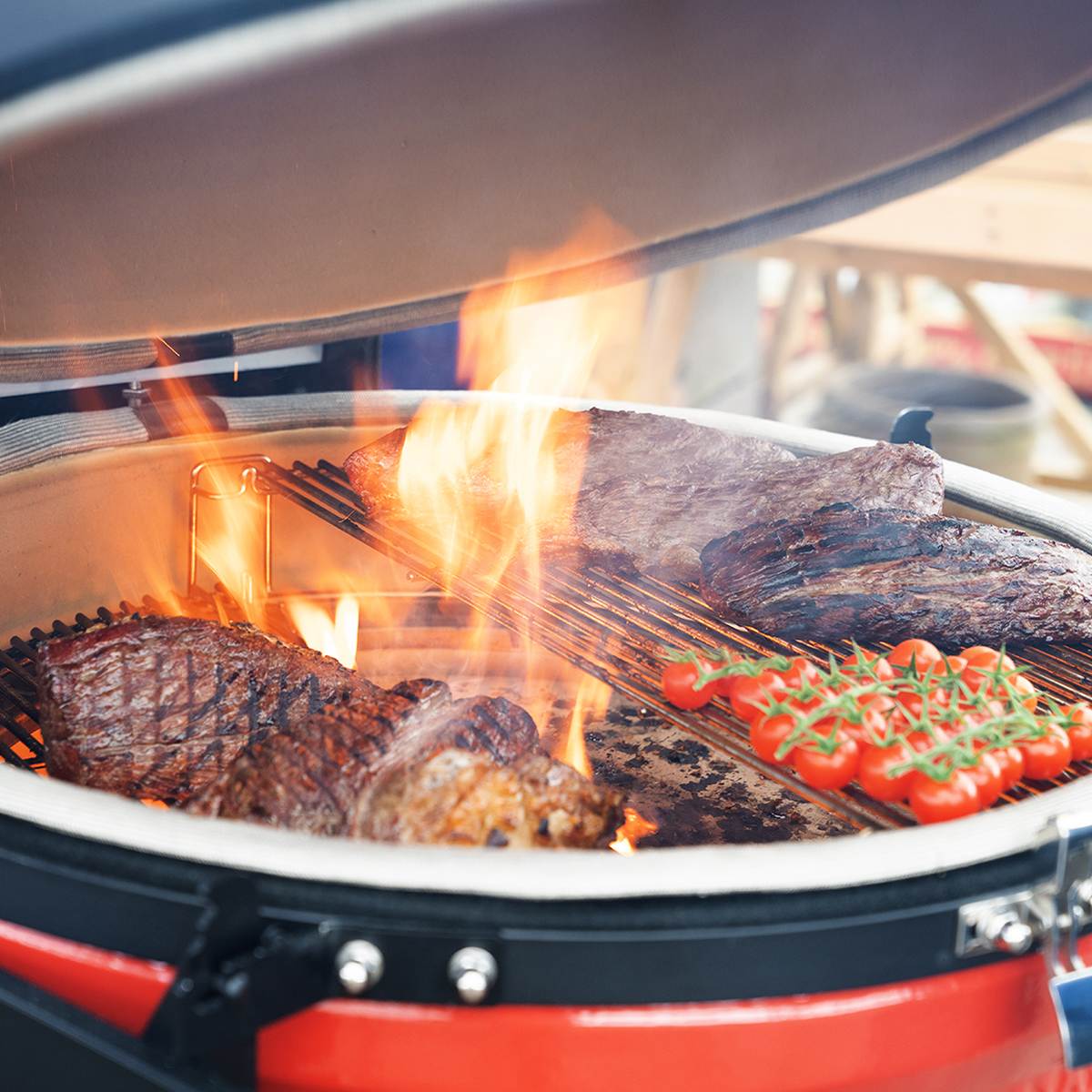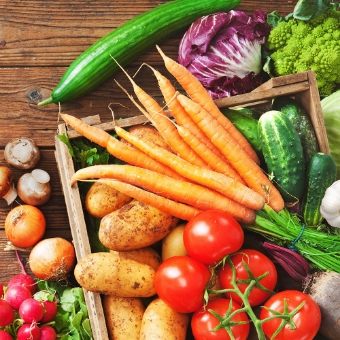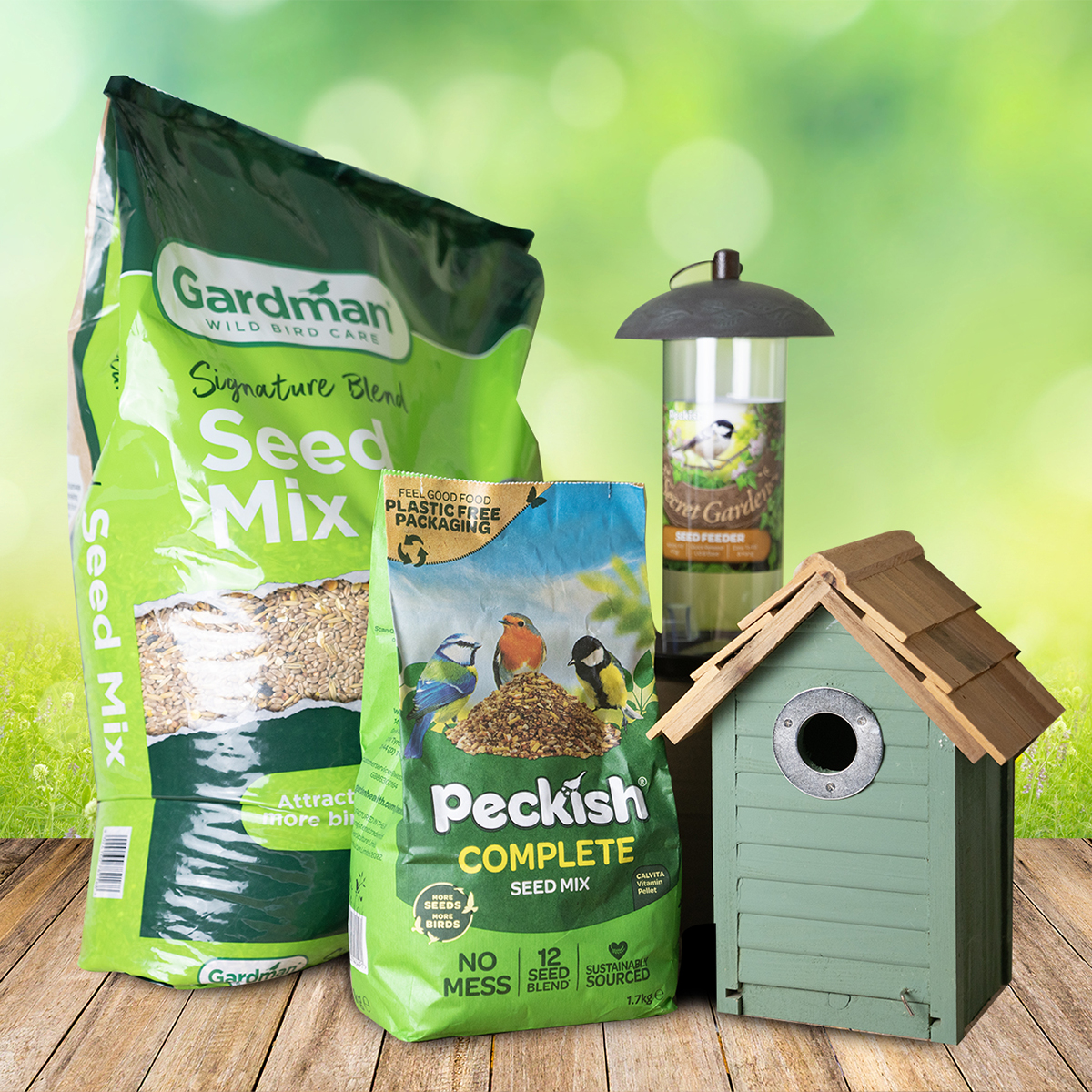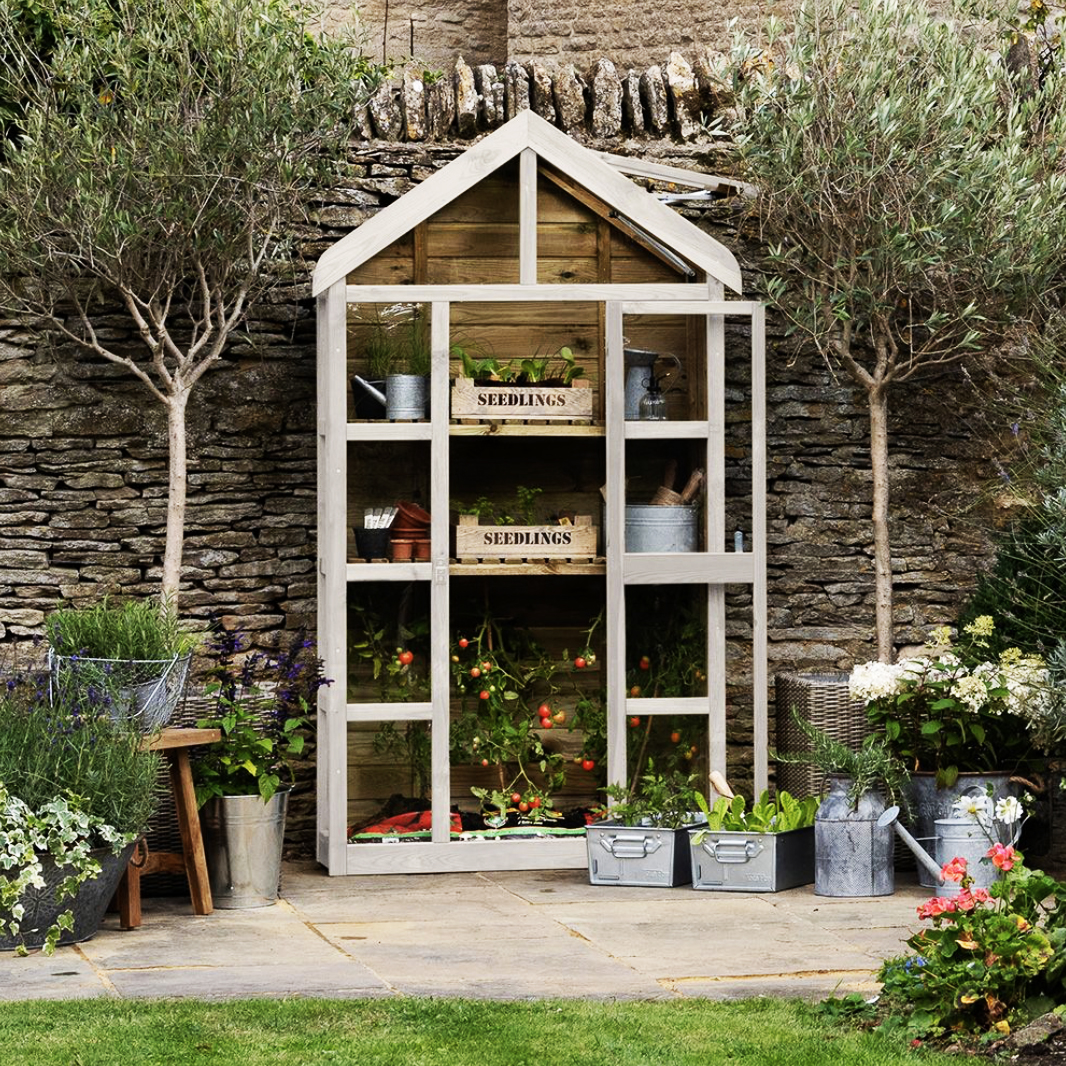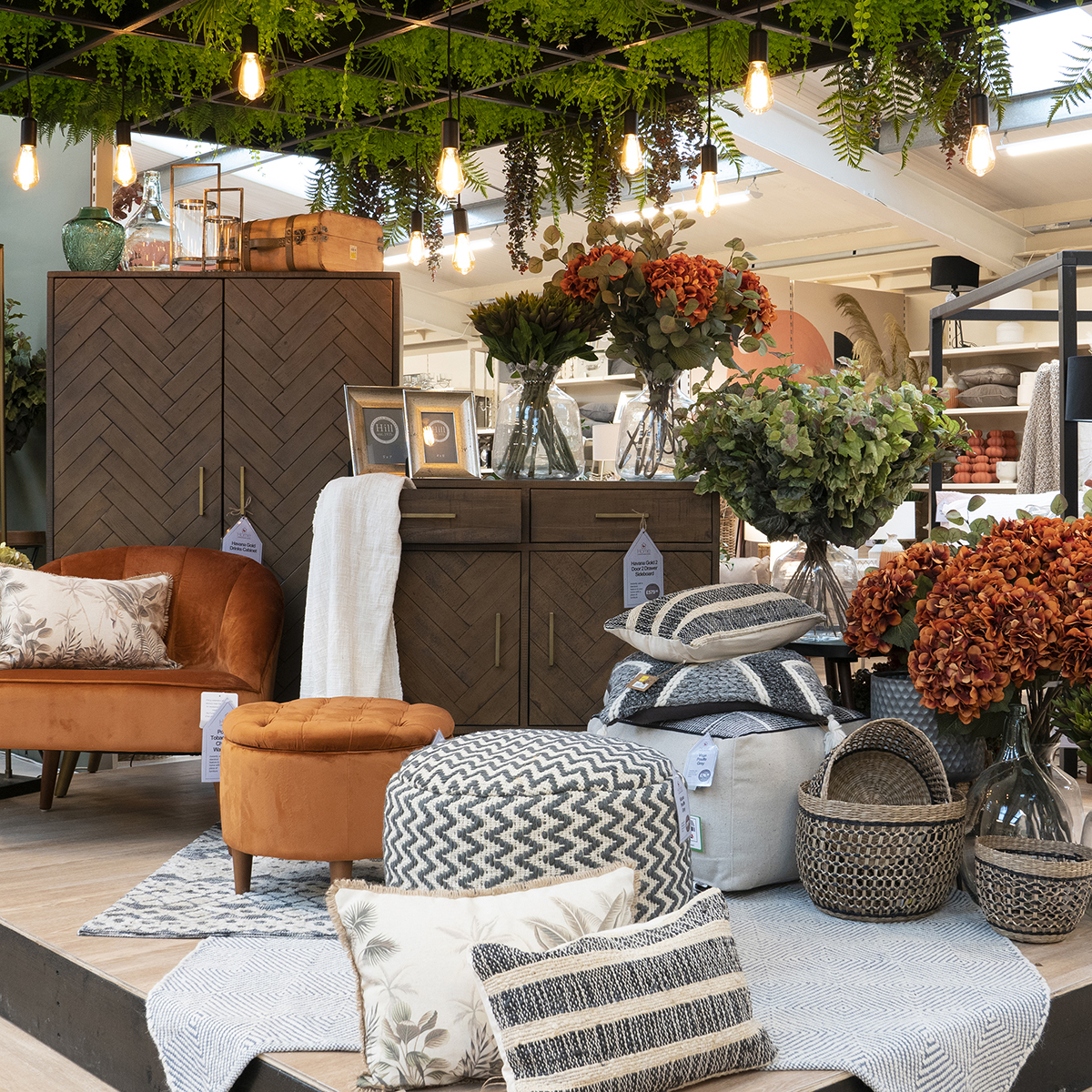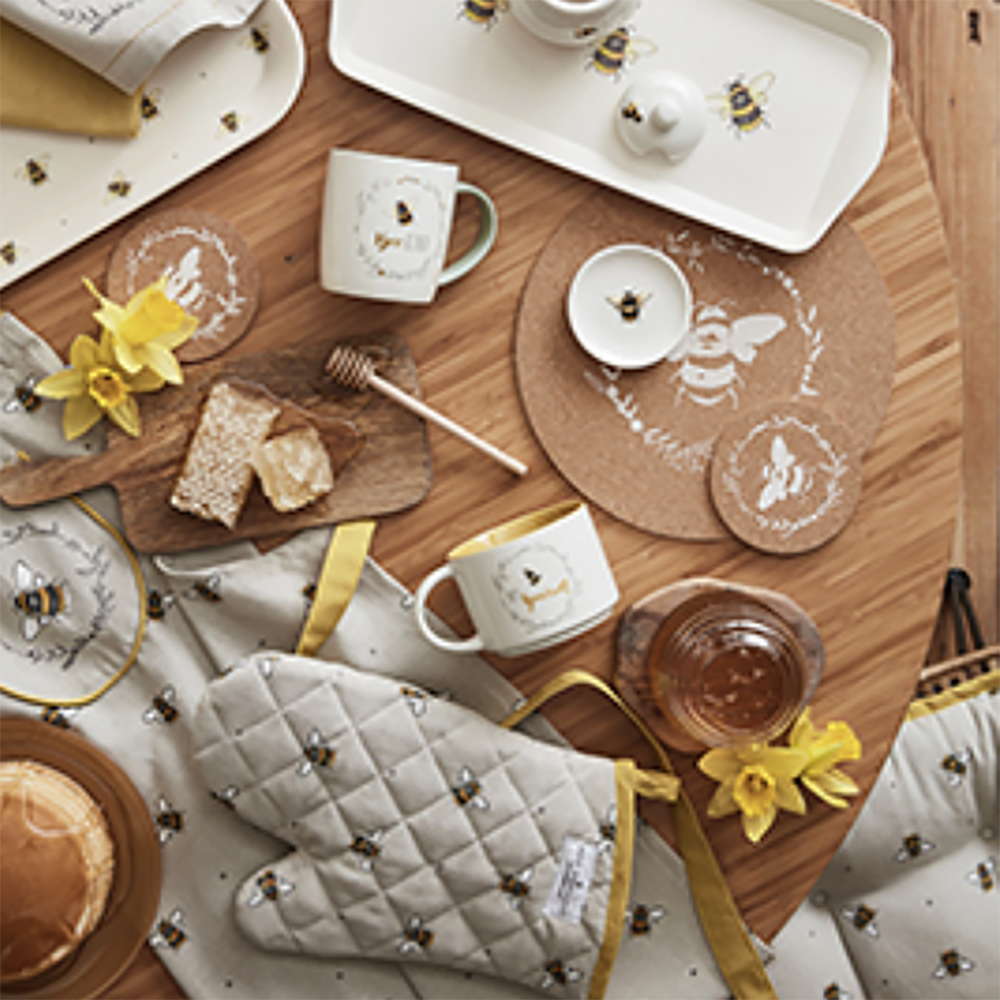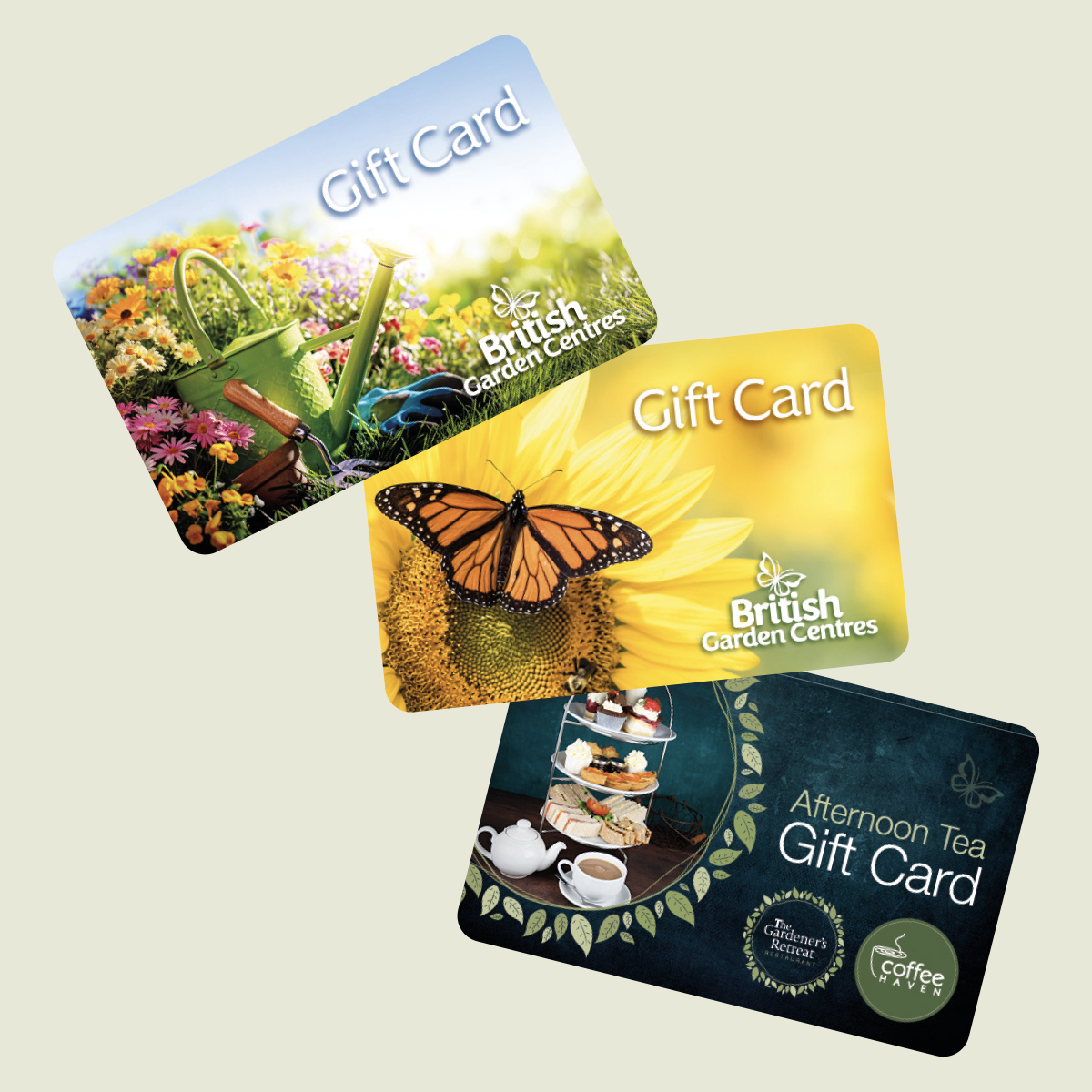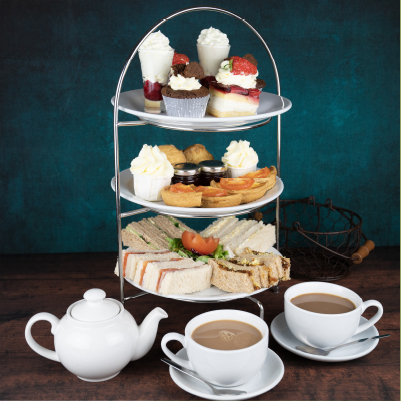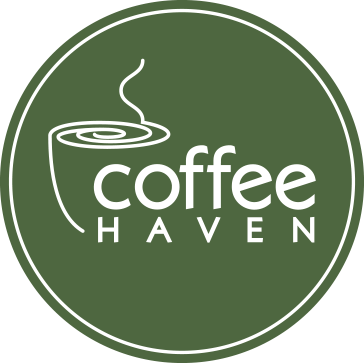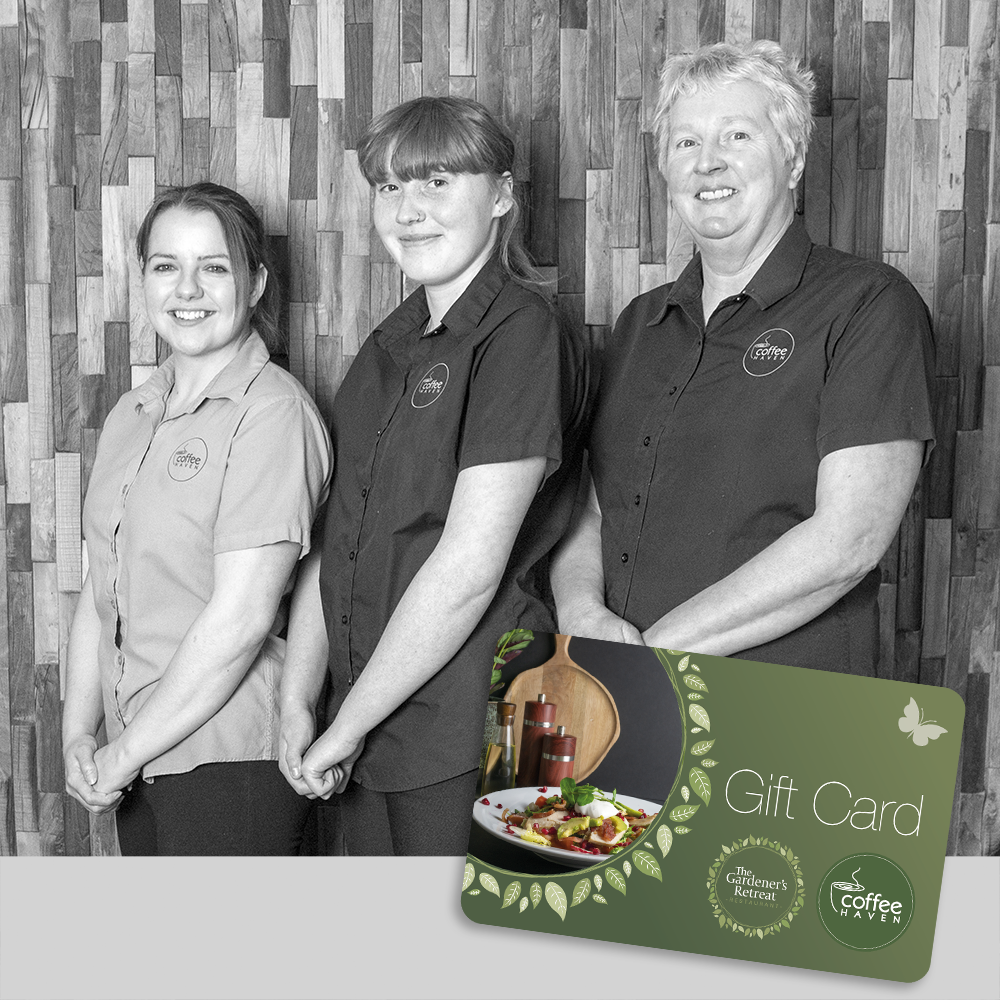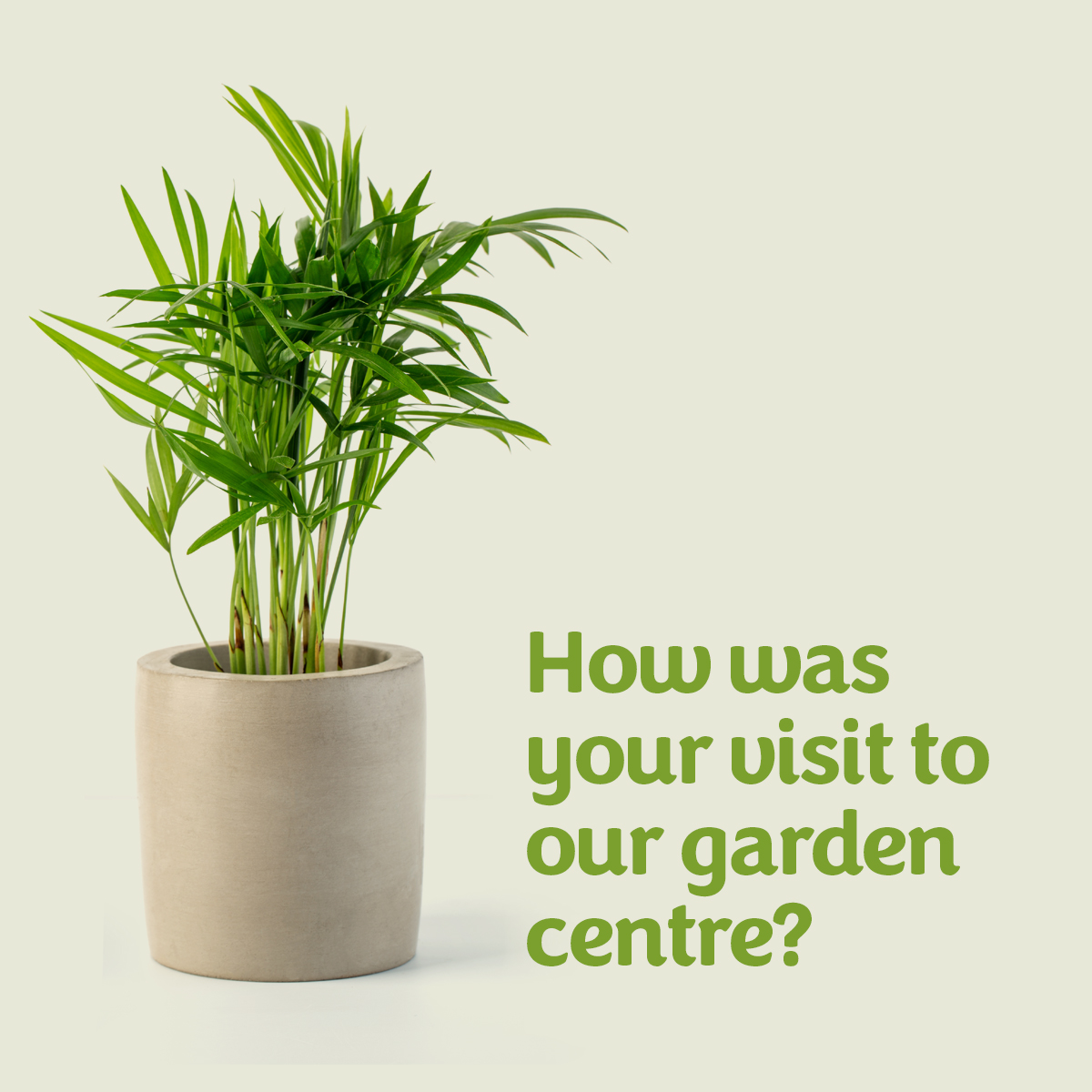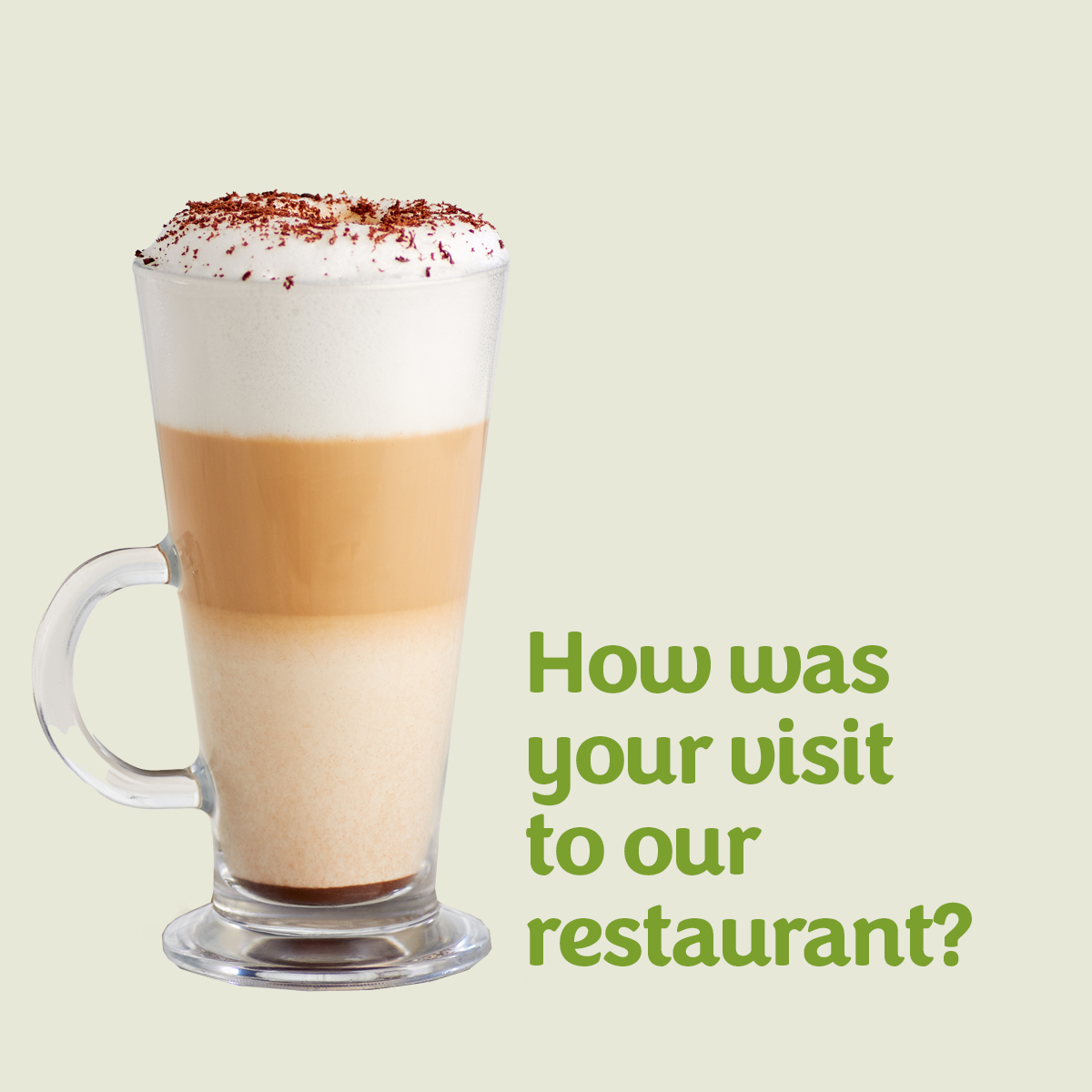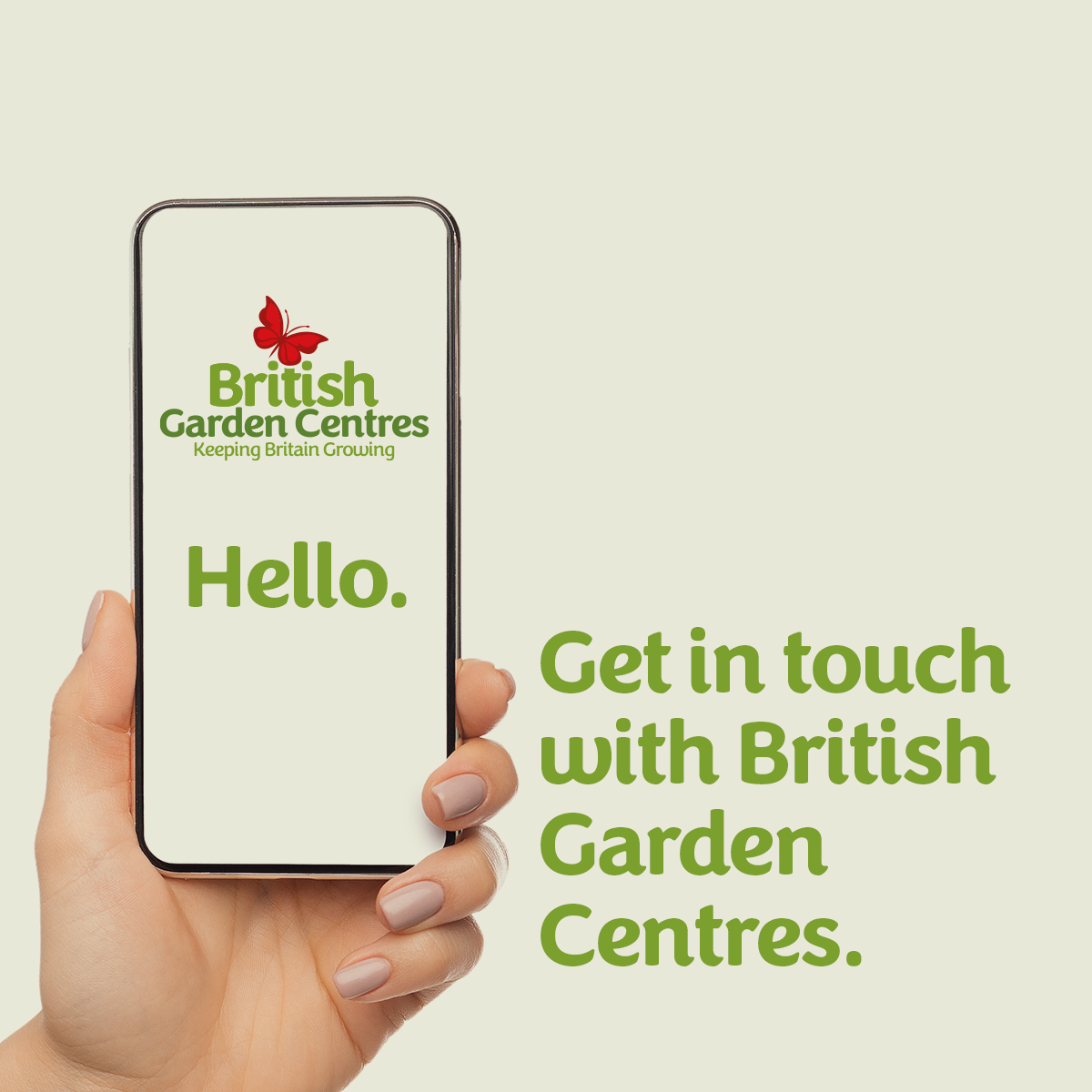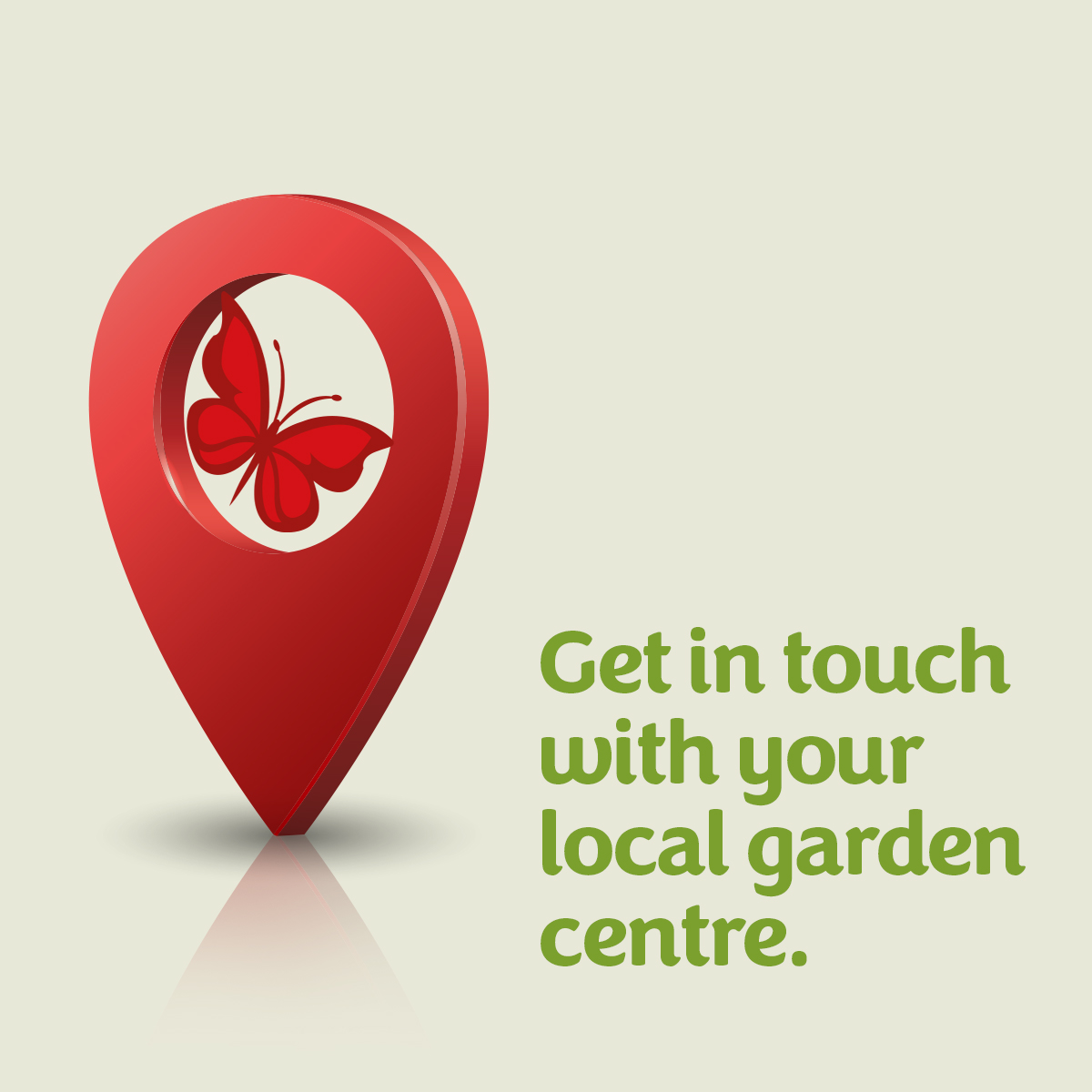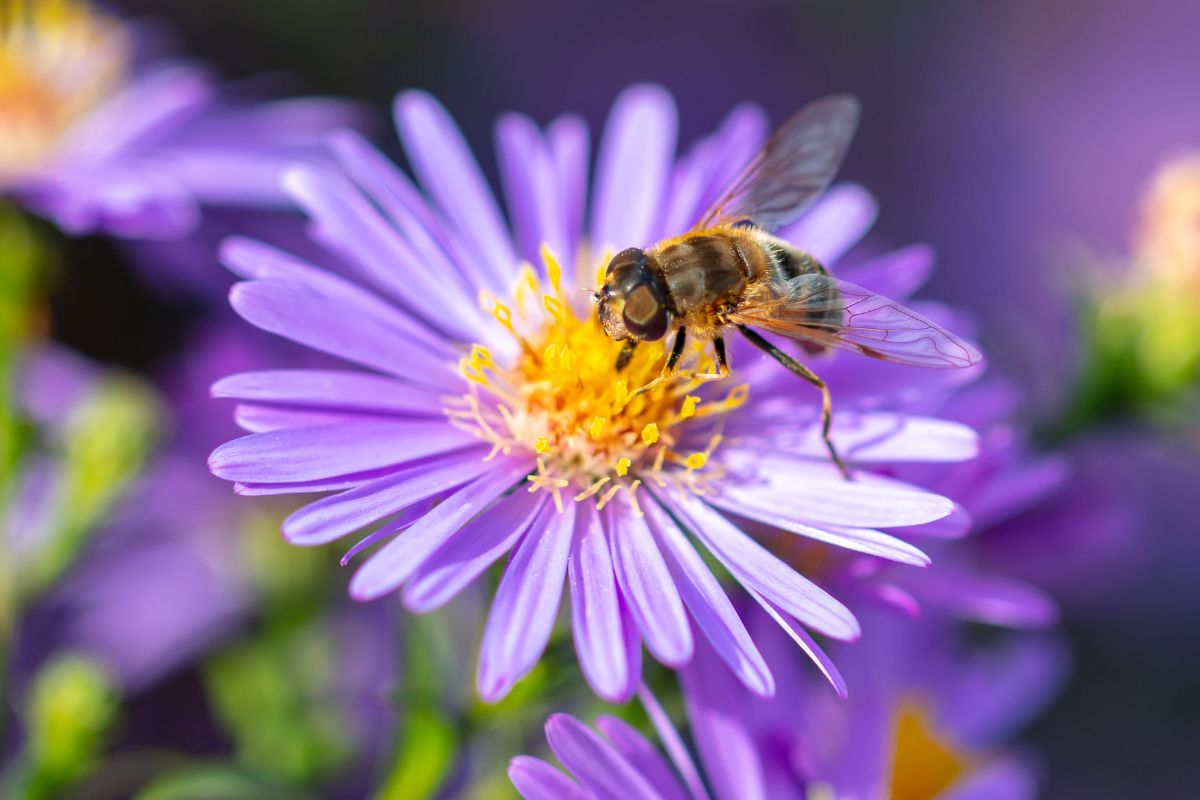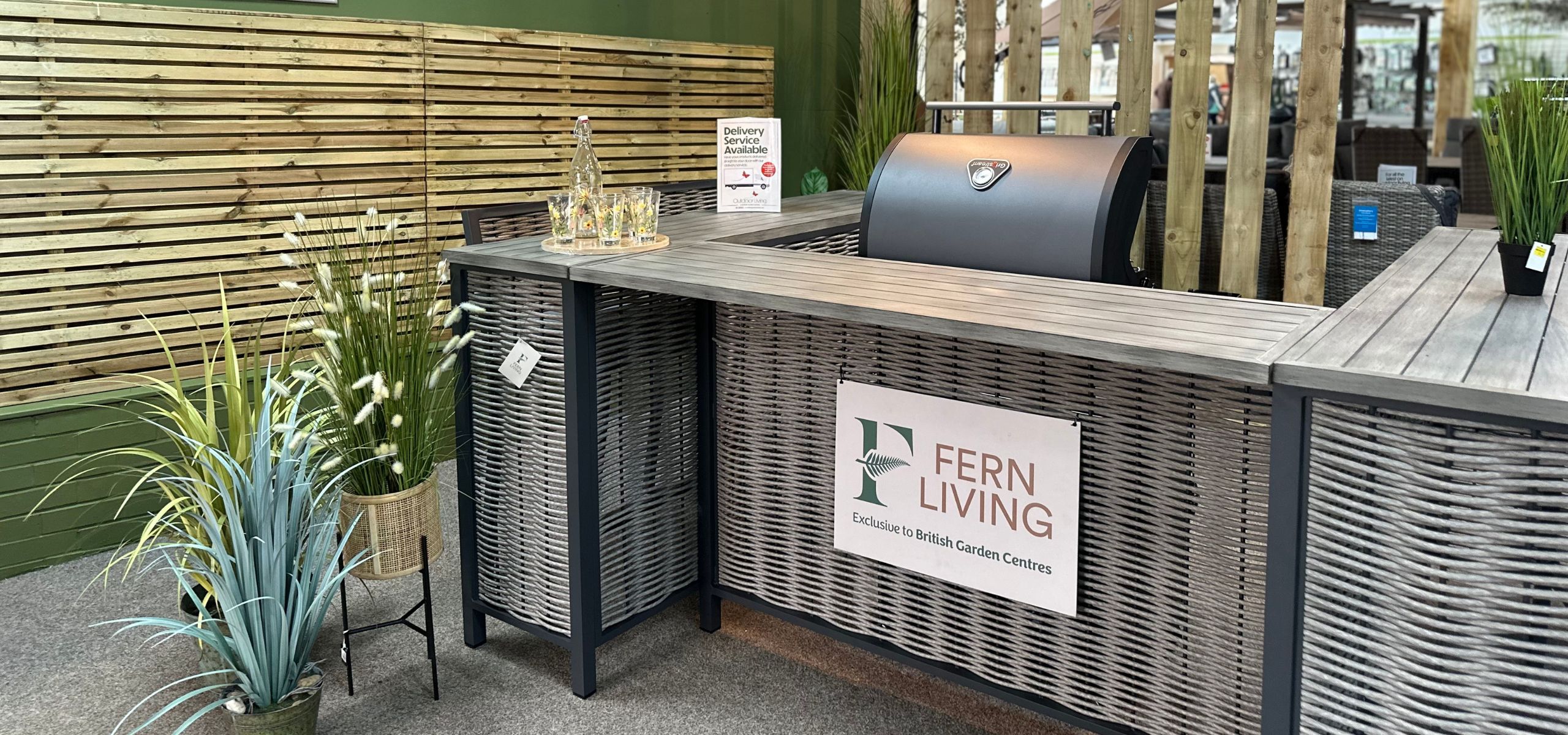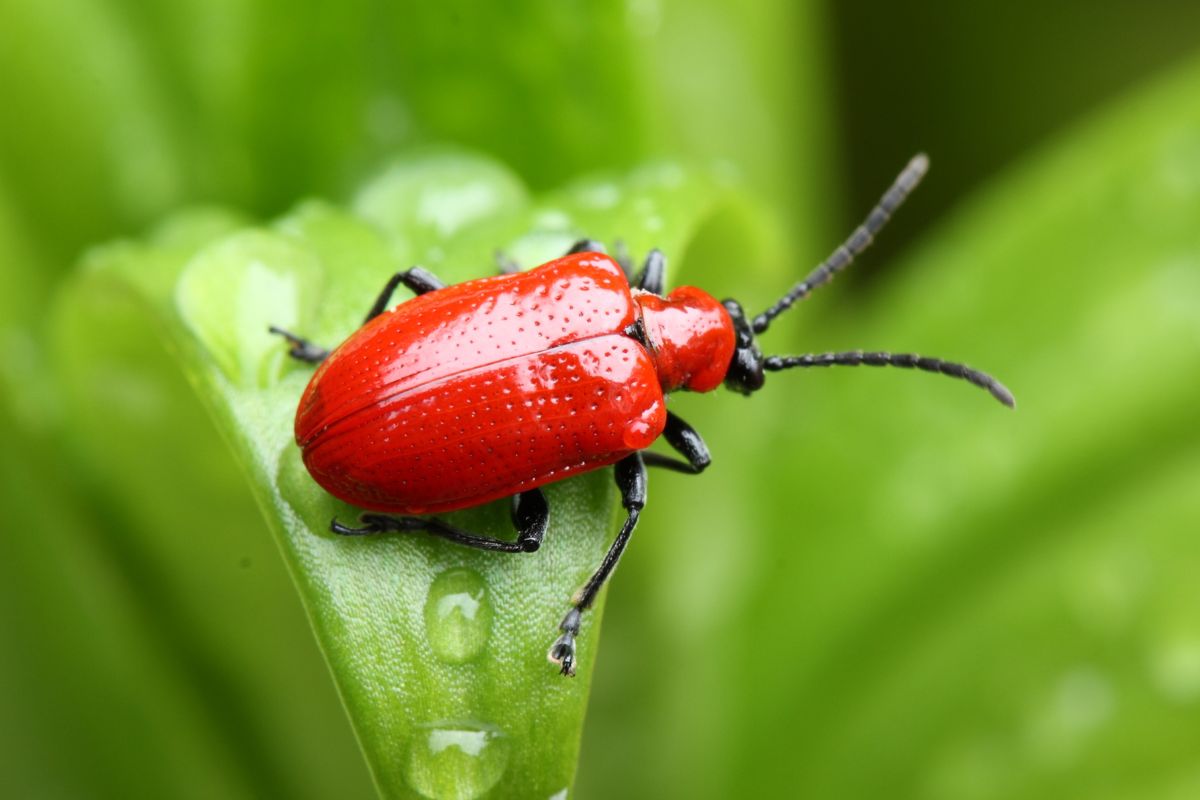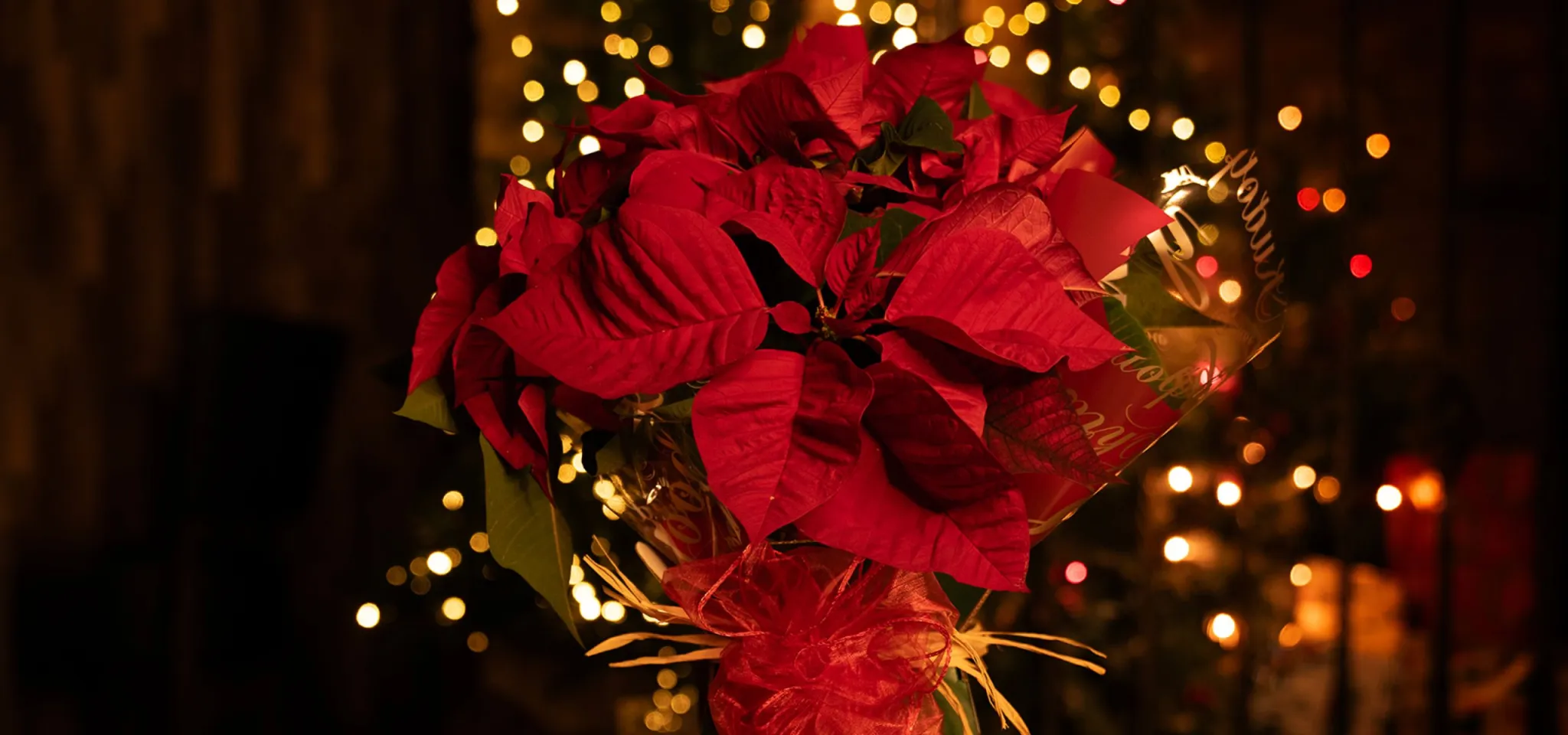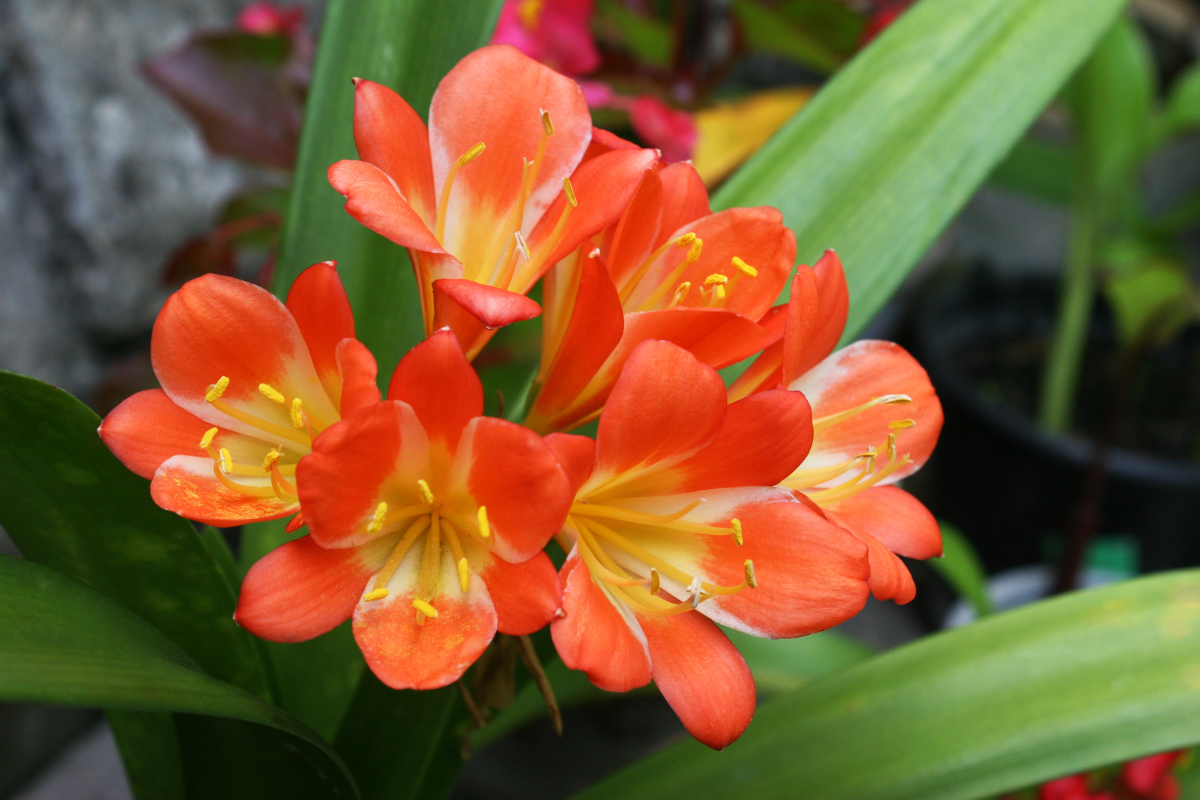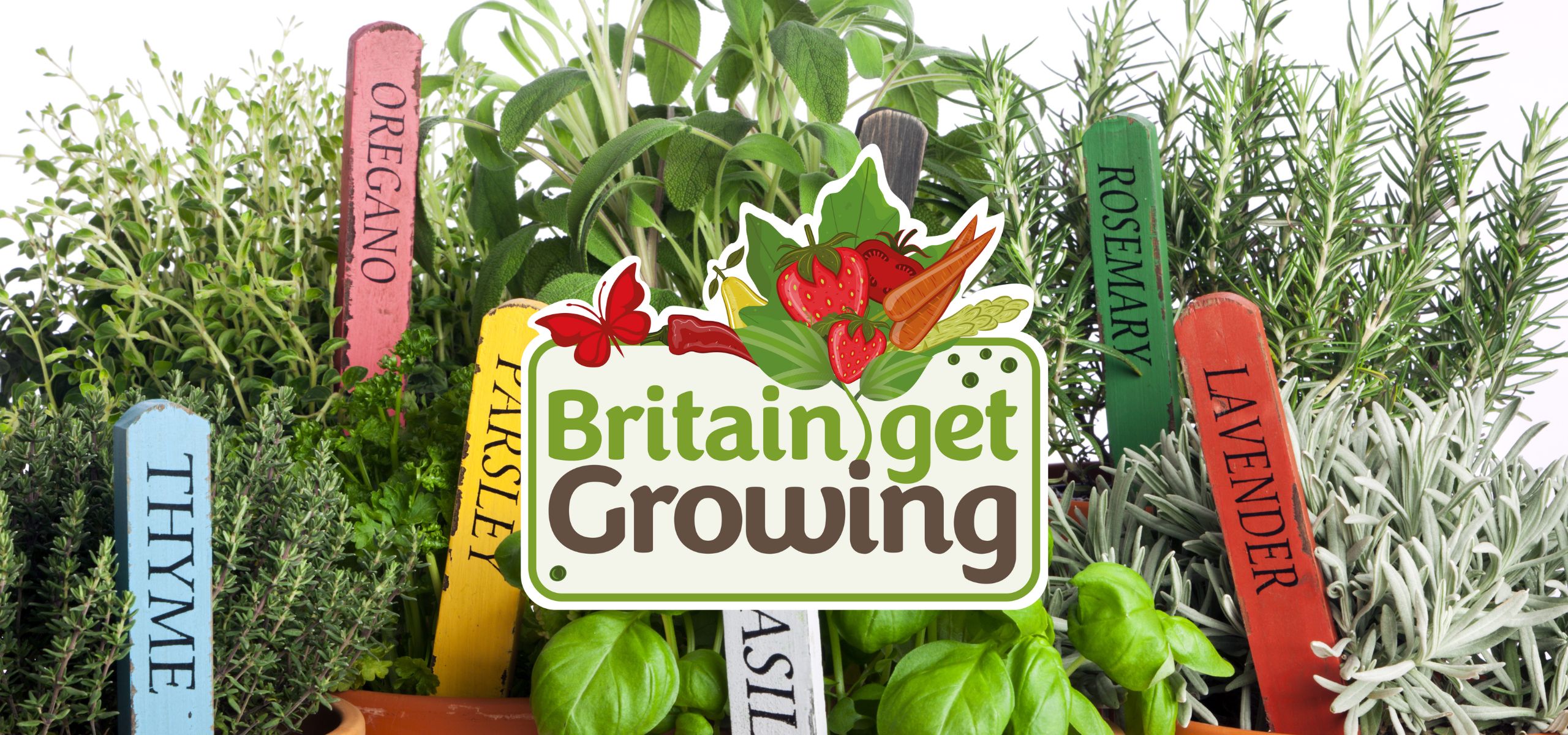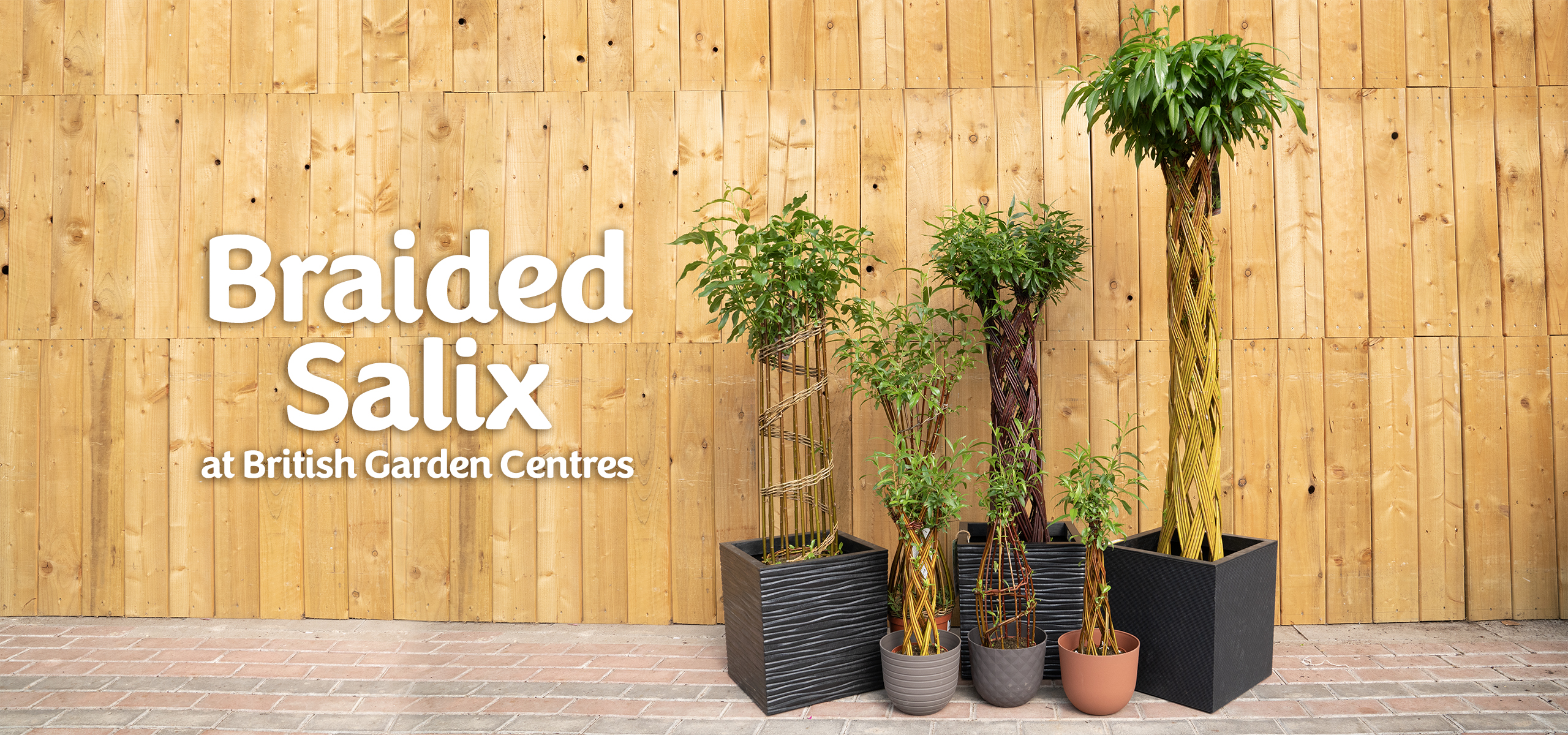
Save the Bees with British Garden Centres
Our Best Pollinator Plants
We all love to spend time in our gardens and enjoy the wildlife they bring. Research has shown that interaction with wildlife can reduce stress and improve overall mental health. Some of these most well-known pollinators are declining and therefore everything we can do to help them is very important. Our garden can provide safe habitats for wildlife, and even small steps, such as planting pollen and nectar-rich flowers, will attract beneficial insects and bees.
Here we look at the 10 best plants that grow easily and attract pollinators in your garden from early spring to summer.

Lavender
Bees’ favourite during the summer months is lavender. It is known not only for its wonderful scent but pollinating insects that draw nectar from its dark purple flowers. Lavender is a durable and highly versatile perennial herb, which can be used for many purposes in borders and containers to form fragrant bushes.
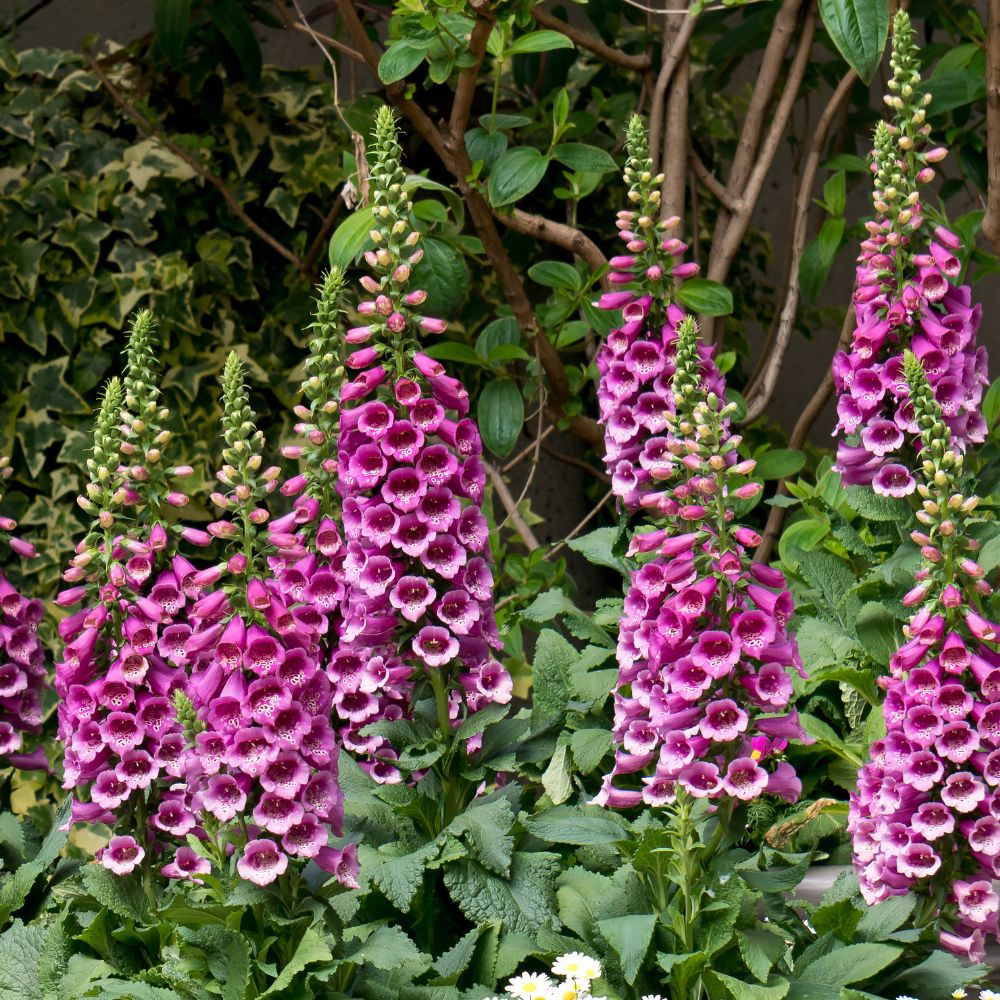
Foxgloves
Plants like foxglove have magnificent spikes of purple, pink, white and blue flowers. The flowers of this cottage garden classic attract solitary bees, and it thrives in light shade with well-drained soil. Native to Britain, foxgloves are perfect for wildlife gardens and can be used as cut flowers.
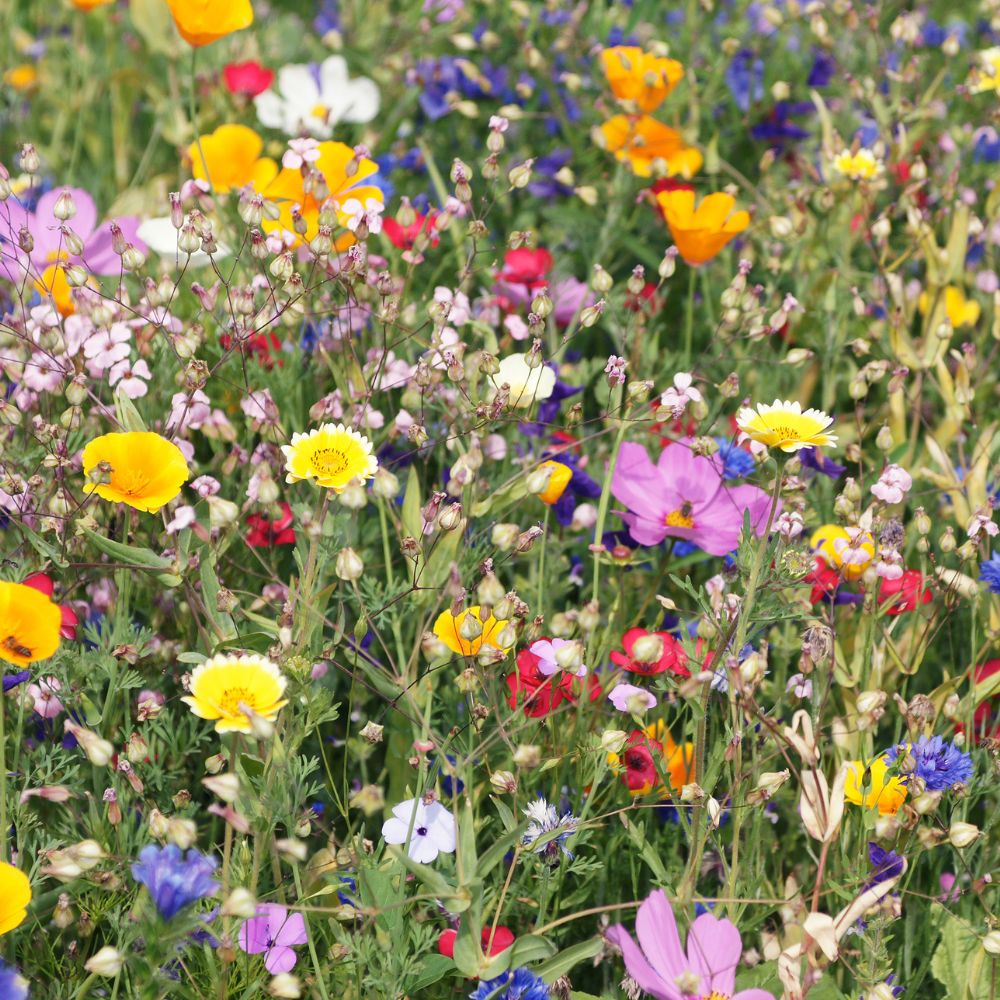
Wildflowers
You can buy wildflower mixes in your local British Garden Centres or on our online store, which will bring the buzz to your garden. This type of planting requires little maintenance and will help feed Britain’s bees by creating urban wildflower meadows in your backyard. They are a fantastic habitat, food source and pollinator for bees, birds, butterflies and insects.

Poppies
Poppies are an excellent pollen source with their open petals inviting pollinators to feast on nectar. Your outdoor space will be filled with bursts of red, white, purple, pink and blue flowers that entice insects. Poppies thrive in good sunlight and loose soil conditions.
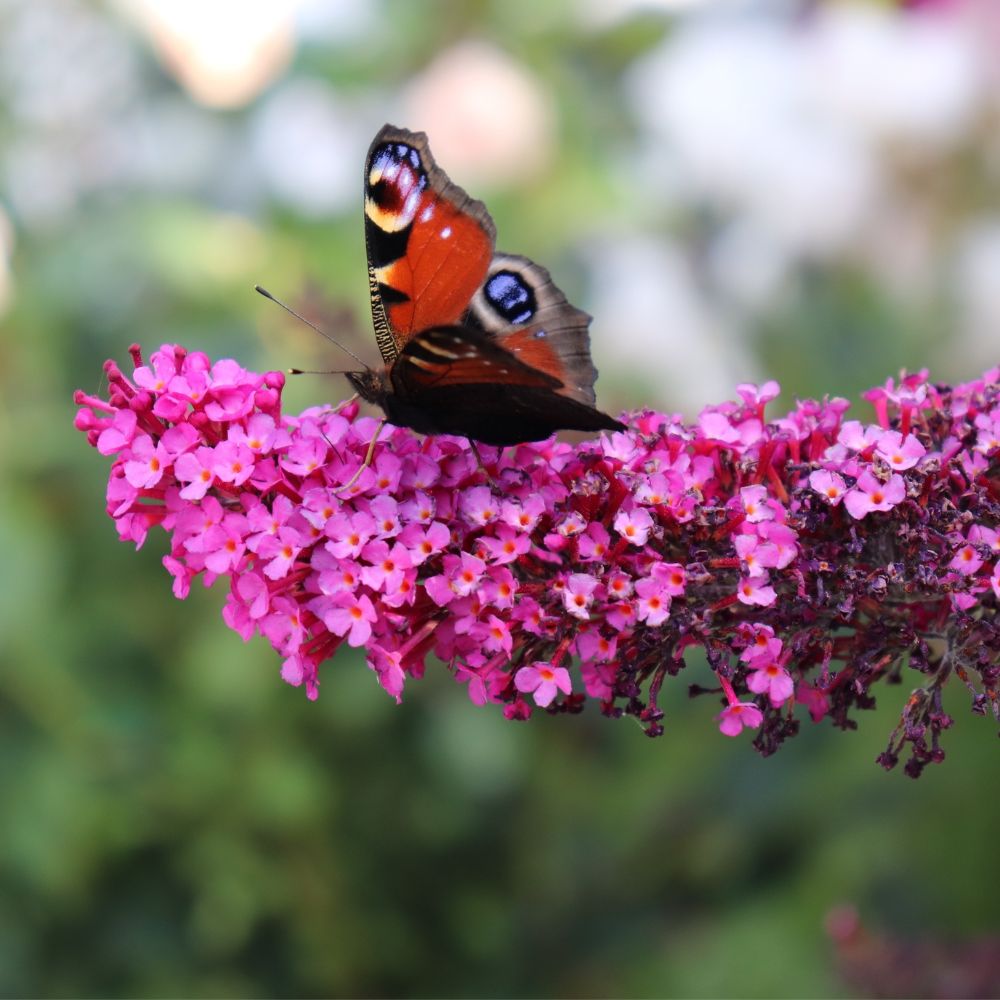
Buddleia
There is a reason why it is known as a butterfly bush. Its long purple or white flowering at the end of summer attracts pollinators. Its small, nectar-rich flowers attract butterflies and bees and provide food. Buddleia grows fast and maintains low maintenance, making it suitable even for beginners.
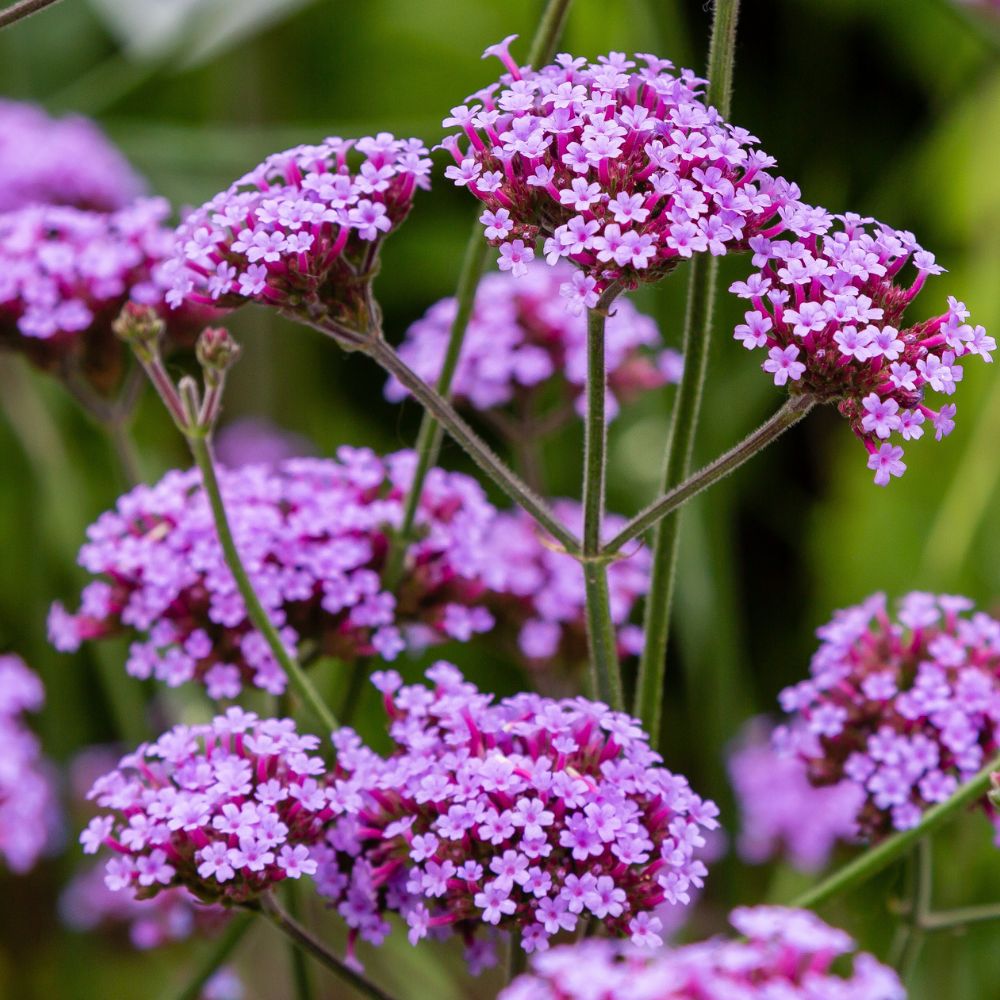
Verbena
Verbena with its round clusters of bright, lilac flowers is a favourite with both bees and butterflies. An outstanding addition to the back of a summer border, the high stems attract pollinators who take turns to feast all over the year, because of its extended flowering period.
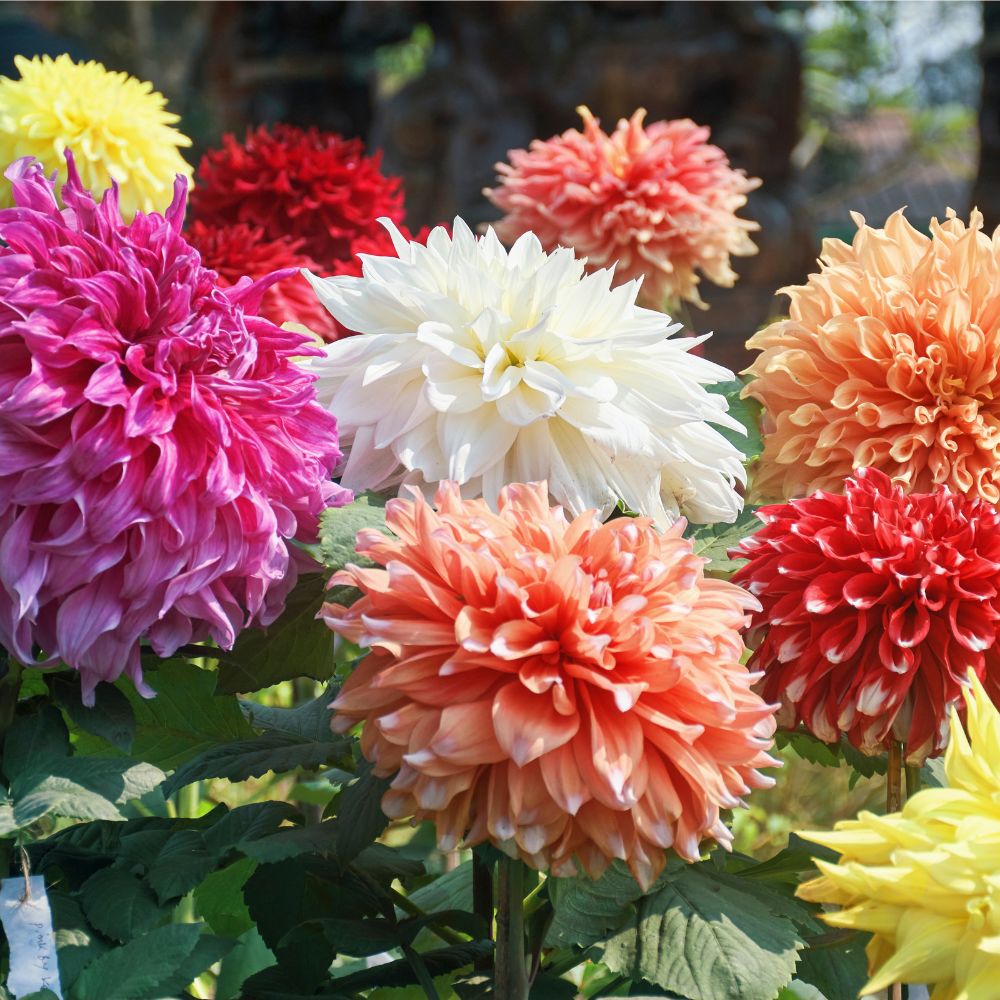
Dahlias
There is no better late nectar source for pollinators than dahlias. Most nectar will come from single-flowered flower bulbs or tubers with noticeable stamens. Bees and butterflies are attracted to these beautiful flowers, which bloom throughout summer and early autumn.

Salvia
Salvias are perfect outdoor plants, flowering for months in summer and creating attractive blooms that will carry bees and other pollinators buzzing into the garden. Its ample landing pad and trumpet-shaped flowers make it simple for pollinating insects to feast on its nectar, with their floral spikes adding a vertical element and height to a garden border that no other plant can match.
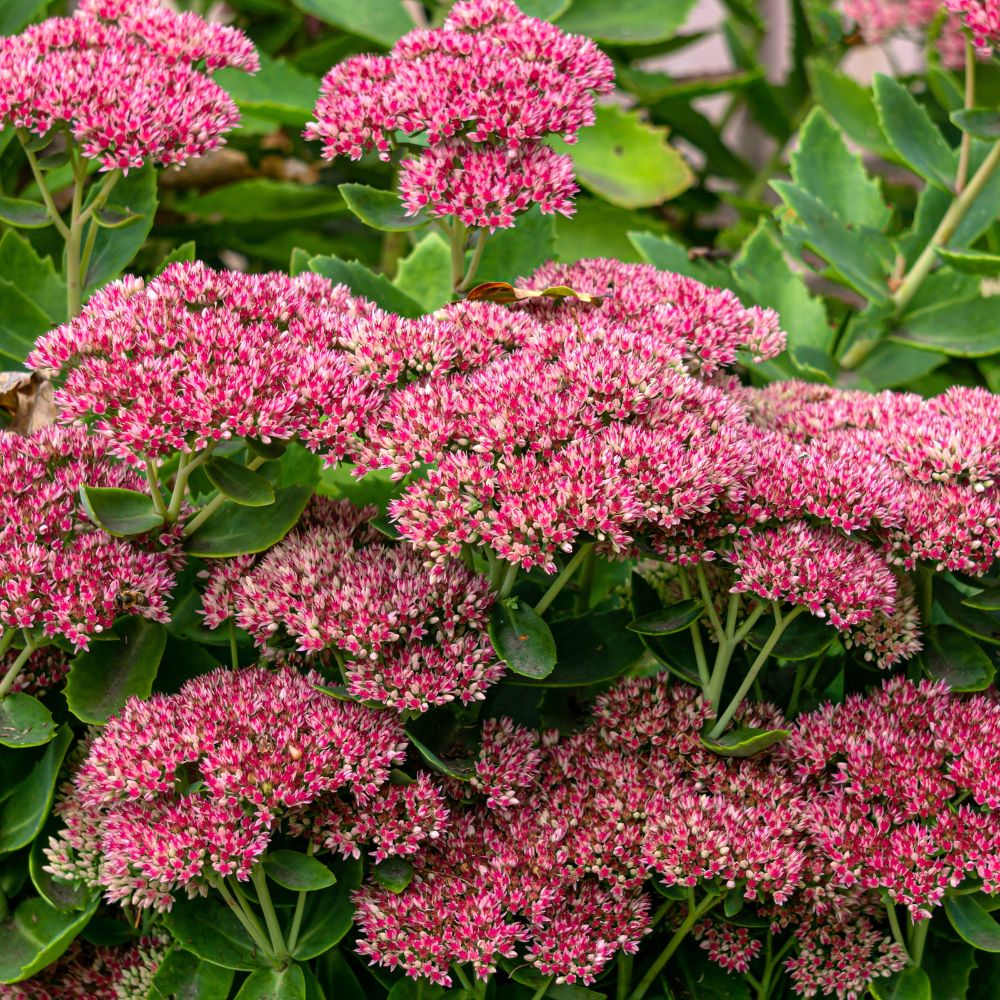
Sedum
Sedum draws bees and other pollinators in droves and offers colour in late summer and autumn with its pink flat flowerheads. The nectar-rich flowers are borne on horizontal flower heads allowing pollinator insects a place to rest as well as for a meal. Planting sedum in a vacant patch of ground, edge or even in a container is a worthy way to motivate bees into your garden.

Rosemary
Rosemary has extremely fragrant leaves and is prized for its cooking and medicinal uses, but did you know it’s helpful to pollinators too? Bees’ affection for the scent and nectar-rich flowers brings them in large numbers to forage the nectar which they can take back to the hive to make honey.
